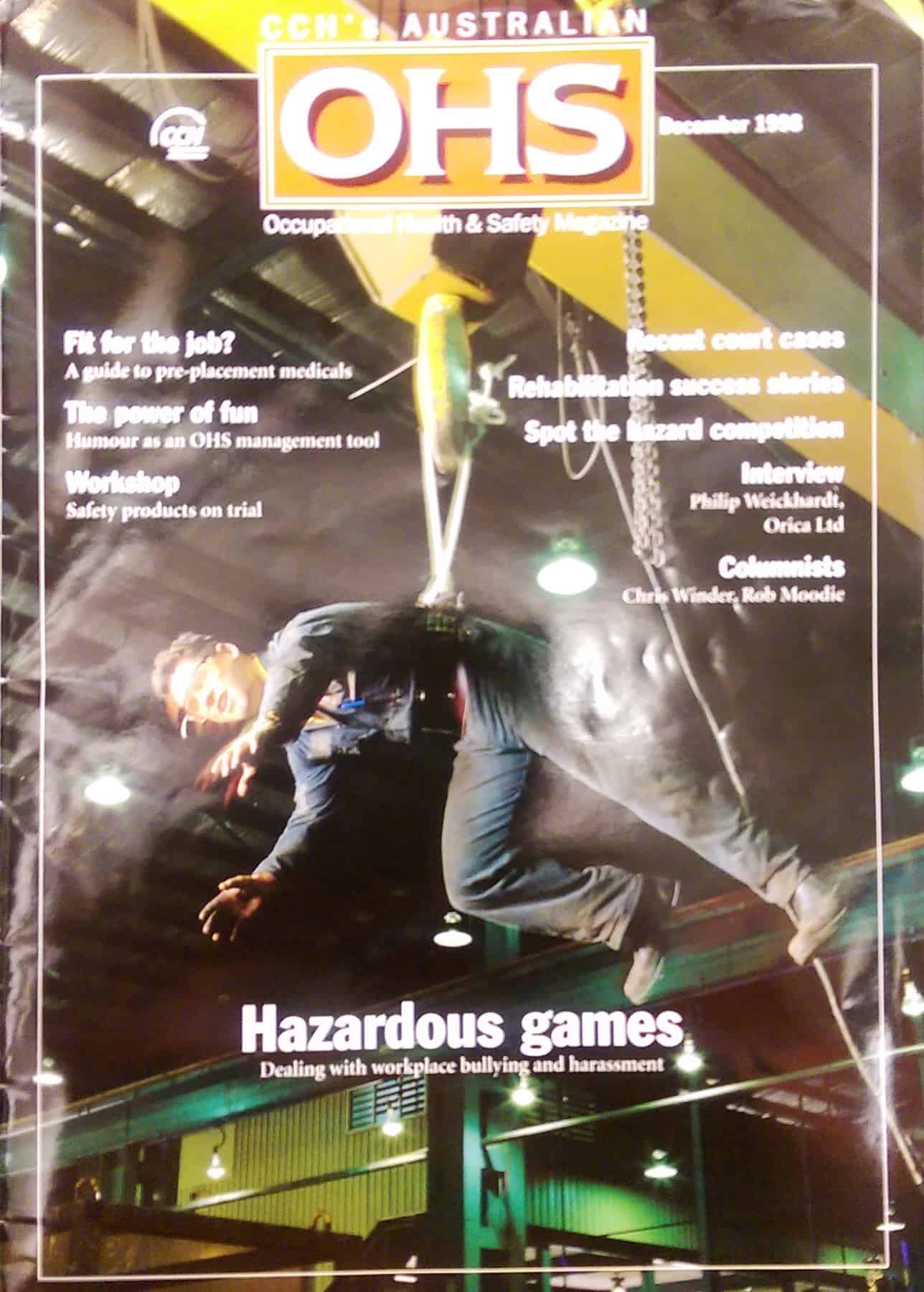As 2016 comes to a close, I have dipped into the statistics and found the two SafetyAtWorkBlog articles that had the highest readership in 2016 were articles discussing the thoughts of Michael Tooma and Andrew Hopkins. Both of the articles were challenging – one of the existence or relevance of safety culture and the other about how occupational health and safety (OHS) is desperate for a change and struggling to start that change.
The statistics should not be surprising as both Tooma and Hopkins have a high recognition rate in the Australian OHS field and both have and international context – Hopkins through his analysis of industrial disasters and Tooma through his “safety differently” world tour. Continue reading “SafetyAtWorkBlog’s top two articles for 2016”

 On November 15, 2016, the
On November 15, 2016, the  It is important to look at a major fault in communication strategies related to OHS. The mainstream media never covered workplace safety issues to the extent possible. OHS was almost always covered by the industrial relations reporter, if the newspaper had one. The tripartite nature of industrial relations (IR) negotiations – government, business, unions – provided the main sources for OHS content and OHS was always communicated in or with the IR context. Rarely was OHS seen to merit its own story.
It is important to look at a major fault in communication strategies related to OHS. The mainstream media never covered workplace safety issues to the extent possible. OHS was almost always covered by the industrial relations reporter, if the newspaper had one. The tripartite nature of industrial relations (IR) negotiations – government, business, unions – provided the main sources for OHS content and OHS was always communicated in or with the IR context. Rarely was OHS seen to merit its own story. LinkedIn is a useful adjunct to the social media of Facebook, MySpace and many other incarnations. The professional network is a terrific idea but it has several problems – one is misuse or misunderstanding LinkedIn’s function, the other is the ridiculousness of Endorsements. Given that LinkedIn is as popular in the OHS profession as in any other, the problems, as I see them, are worth discussing.
LinkedIn is a useful adjunct to the social media of Facebook, MySpace and many other incarnations. The professional network is a terrific idea but it has several problems – one is misuse or misunderstanding LinkedIn’s function, the other is the ridiculousness of Endorsements. Given that LinkedIn is as popular in the OHS profession as in any other, the problems, as I see them, are worth discussing.